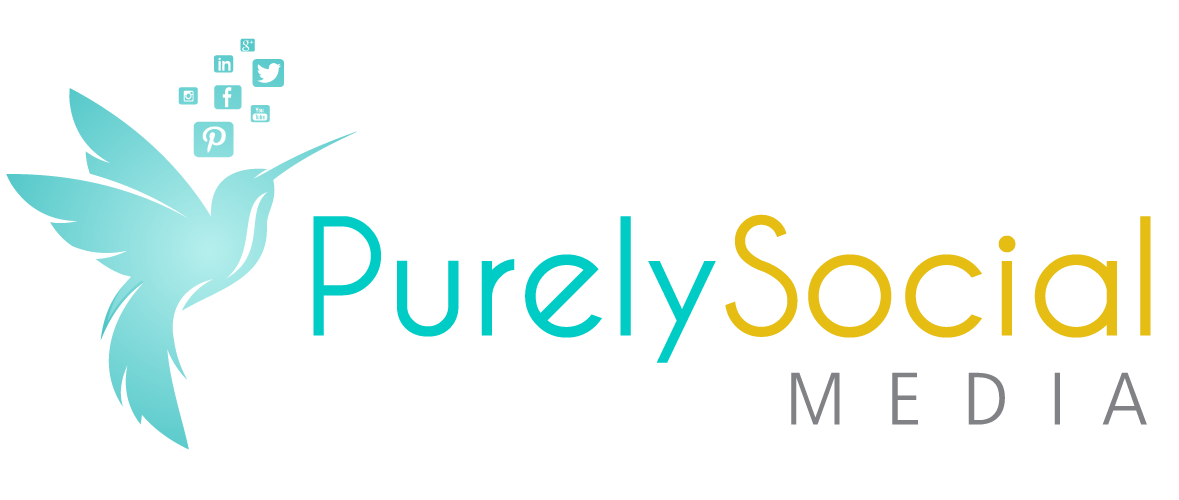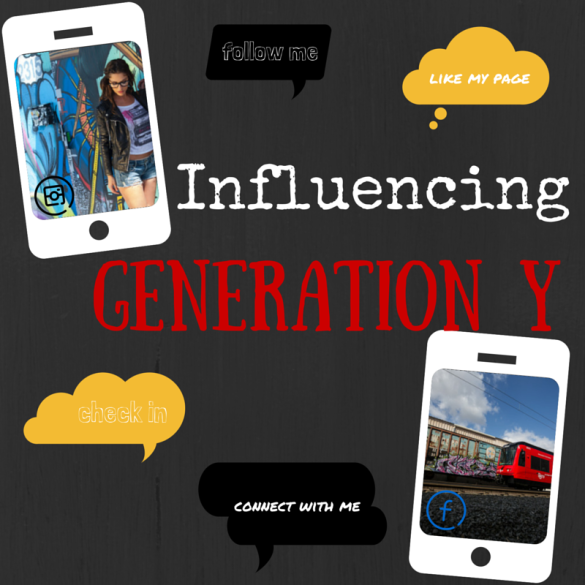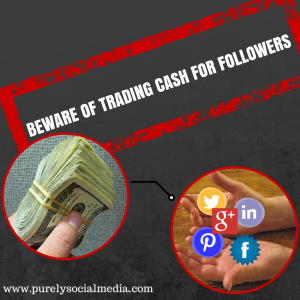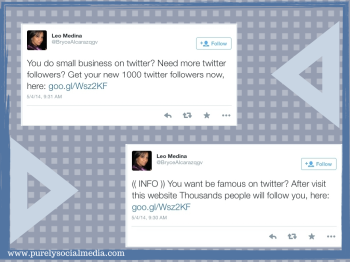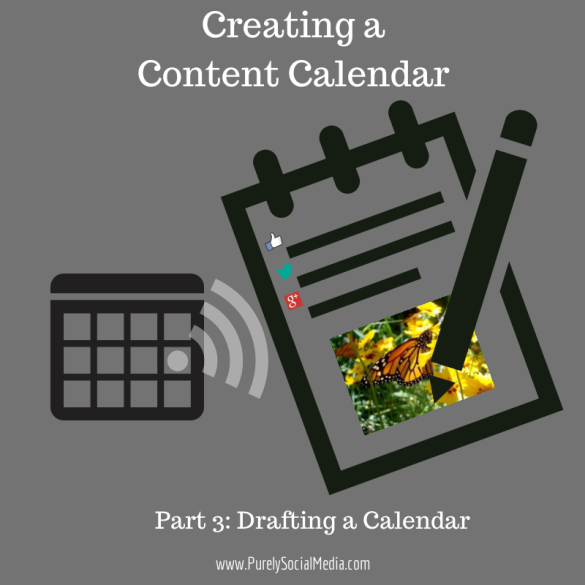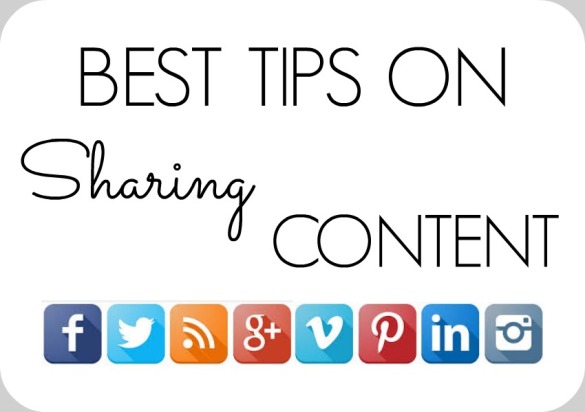 Hi everyone! It’s Holly here. I’m back once again to let you know a few tips I’ve picked up on sharing your blog content across the web so that even superstars like Johnny Depp can find it… A girl can only dream!
Hi everyone! It’s Holly here. I’m back once again to let you know a few tips I’ve picked up on sharing your blog content across the web so that even superstars like Johnny Depp can find it… A girl can only dream!
As we all have learned by now, blogging and content sharing go hand in hand. While having great content on your blog is definitely important, sharing that content is equally vital.
Imagine hosting a dinner party full of celebrities and forgetting to hand out the invitations. The dinner party has everything you could need to make it incredible, but no-one attends because you haven’t shared the information (or handed out the invitations). Blogging is no different. You could have an interview with Princess Kate Middleton on your blog where she gives you the inside scoop on her outfits for next season but if you forget to tell anyone that the interview exists, then no-one is going to look at it which is why sharing your content across the right platforms, using the right strategy and format is vital in making your content popular. Poor Kate..
Every time an actor stars in a new movie, you will see they are working the media circuit by appearing on chat shows and doing magazine shoots. This is because throughout these appearances, they are promoting their new releases to let the world know it exists. Celebrities are clever little creatures aren’t they? Well you can be equally as clever. Sharing blog content is a little bit different from appearing on chat shows, but it’s not necessarily hard to do.
So how can you share your content like the pros? Here, we take a look at different methods on how and where to share your content.
1 – Automatically share your content.
There are several platforms available that will automatically share your content to social media. Twitterfeed is the platform that many top bloggers use to share their content. Despite it’s name, Twitterfeed shares content across more platforms than just Twitter. Registering is as simple as entering in your details (name, email address, fingerprints.. (jokes)) and your social media handles. You will also be asked to allow Twitterfeed to post on your behalf thus allowing access on those platforms. Then, just sit back and watch as you let it do all the hard work for you. Twitterfeed shares content to Twitter, Facebook, Linkedin and other platforms automatically, saving you time and effort. (meaning there’s time for creating more good content not to watch more episodes of Dr Phil on the television…)
It is also worth using programs such as Hootsuite and Buffer to schedule tweets to promote your posts at a later time to ensure you cover different worldwide time zones. When you go to sleep in the US & Canada, people in the UK are just waking up! Covering different time zones will give more people the chance to see your content.
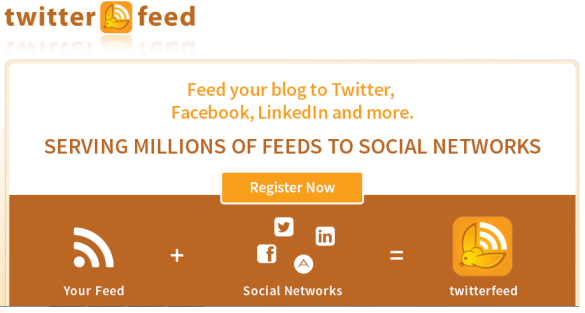
2 – Add A “Share this” link to every post
Have you ever been on a blog and noticed the blogger has their social icons and a “share this” link at the bottom of every post? Well that’s because they’re pretty savvy when it comes to sharing their content. That blogger is encouraging their readers to share their content for them meaning more people see it across different platforms. You could do your blog a huge favour by adding one of these social bars to your blog. Blogger offers an ‘add on’ for free and WordPress also have several plugins for this such as “Ultimate Social Media Icons” which will make things much simpler for you to implement.

3 – Use The Blogging Community!
Bloggers are a supportive bunch and as long as you support them, they are quite happy to return the favour. Here are a few ways to use the blogging community to your advantage:
- Comment on other blogs. This is something we have covered in previous blogs but it’s still a really good way to share your content. If you comment on other blogs with a relevant comment and drop your link at the end, that blogger and other commentors are more likely to visit your blog. Here’s an example of a good comment to leave:
“Please tell me this skirt is available to buy in the UK? I really want the red version to wear for my Christmas party. You look amazing in it! (insert your blog link here)”
By adding this kind of comment, you have asked a question (meaning the person is more likely to visit your blog to reply) and you’ve made the comment personal to the content proving that you’re not just looking to drop your link.
- Join Twitter Chats! Every day different twitter chats are ongoing using different hashtags such as #lbloggers #fbloggers #bdib and #bbloggers. Hundreds of bloggers (and brands) join in these chats and talk to other bloggers and share each others content to their followers.
Joining a chat is really simple and anyone can do it. Just search on Twitter for one of the hashtags to see when a chat is live. You’ll be surprised at how many visitors you receive and also by how many blogger friends you will make!
3 – Competitions
Again, something else that has been touched on previously is competitions. Running your own competition on your blog is a fantastic way to share your content and encourage visitors. You don’t need a huge budget to run a competition, anything from a gift to a voucher works well and is welcomed with open arms on social media. In fact, it’s a visitor gold mine.
If for example you have a $20 voucher to give away, then write a post about the voucher on your blog and share it on social media encouraging your followers to “follow” and “retweet” your content. This method will literally have your content seen by thousands of users which will encourage more people to follow your blog. If you run a competition once per month, as an example. You are likely to see a decent increase in visitors and content sharing.
4 – Search Engines
Waiting for your new blog post to be picked up by the search engines can have you waiting for months on end. If you want Google, Bing and other search engines to pick up your content quickly, it might be worthwhile manually submitting your content. It’s really quick and easy to do and if you add the Bing and Google submission tools to your favourites as part of your blogging routine, it will quickly become something you automatically do. Search engines might still take some time to rank your content using this method but it is definitely worth trying out.
5 – Summary
To summarise, sharing your content is probably equally as important as creating good content. Using word of mouth is great for telling people when a new shop has opened in your area, or to let people know that there’s a new yoga class opening but not so effective for letting people at the opposite side of the country (or even the world) know about your latest blog post, which is why these methods for sharing your content are so important.
If you have any tips and tricks to tell us, we would love to hear from you! Please feel free to comment below or tweet us at @purelysocialtip
.
